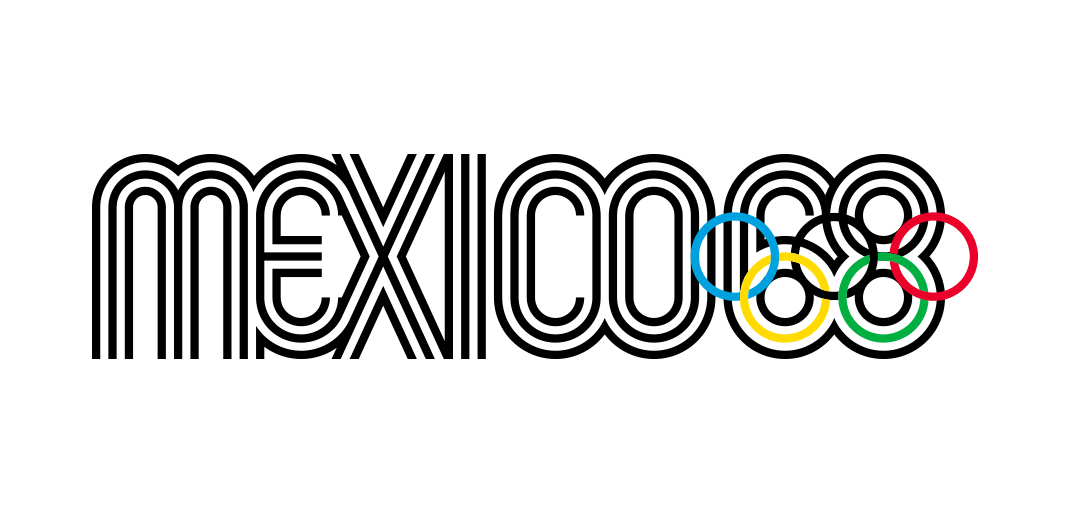10 must-know digital art trends for 2025
How creatives can compete with AI and succeed - protect your art, diversify and embrace new styles.
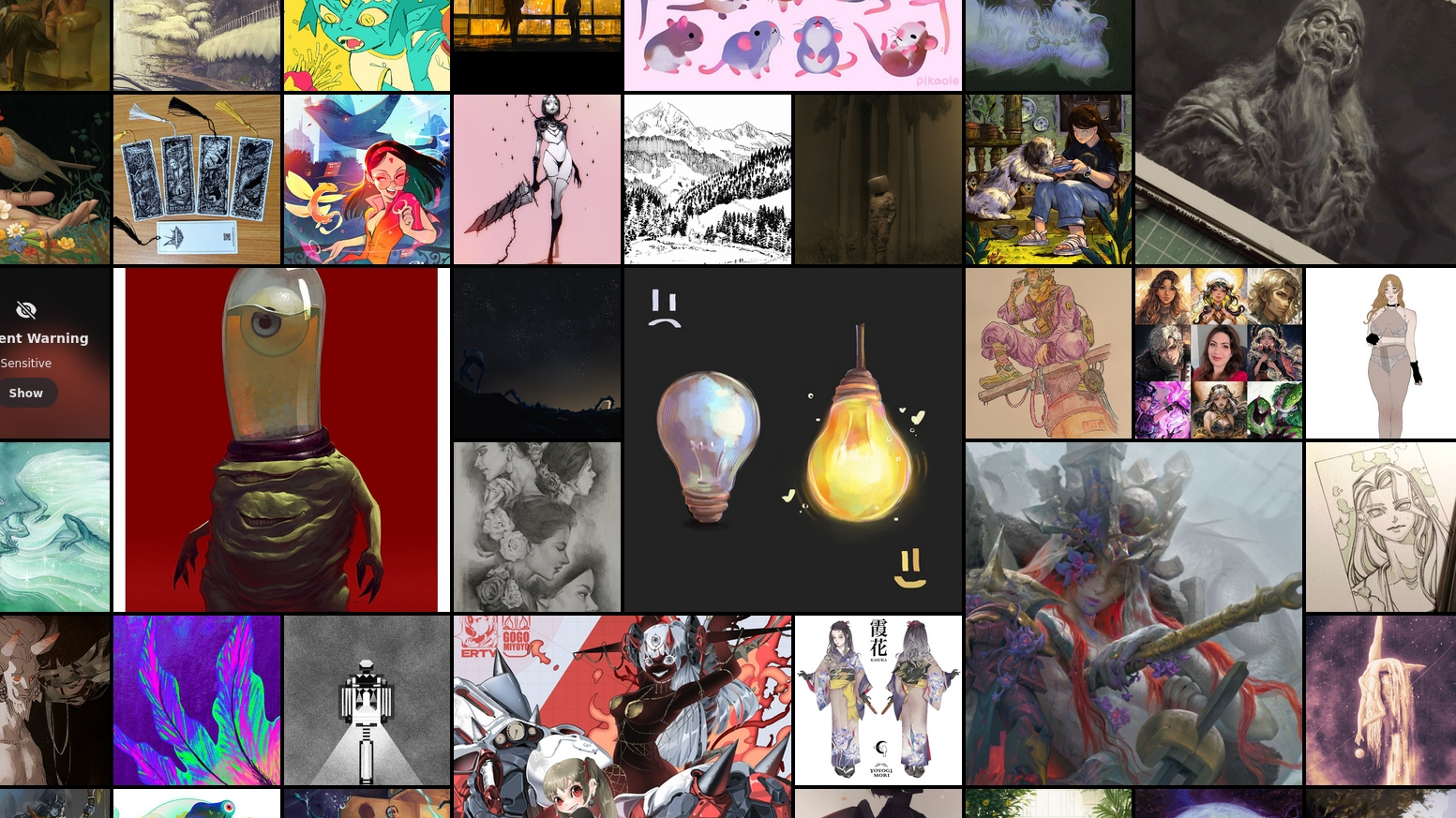
The digital art trends for 2025 will be driven mainly by two things: economic factors and the impact of new technology. On the plus side, we have all the exciting new tools that are enabling a revolution in the animation world, as demonstrated by Blender's use in one of 2024's best animated movies, Flow. We’re seeing an explosion of creativity that only seems to get more interesting as the trend develops, with more innovative and individual animated work coming out each year.
On the downside, we have generative AI, which is already taking work away from artists and causing immense anxiety. But some of the reactions to this are positive: we have great new social media options like Cara, and the turn towards art styles that emphasise the human touch is bringing us some wonderful creative work.
Also, as we go into next year and beyond, generative AI will move out of its wild west phase as the law begins to catch up with the shenanigans of AI companies. 2025 should be the year when AI is controlled and digital artists can perhaps see a brighter future.
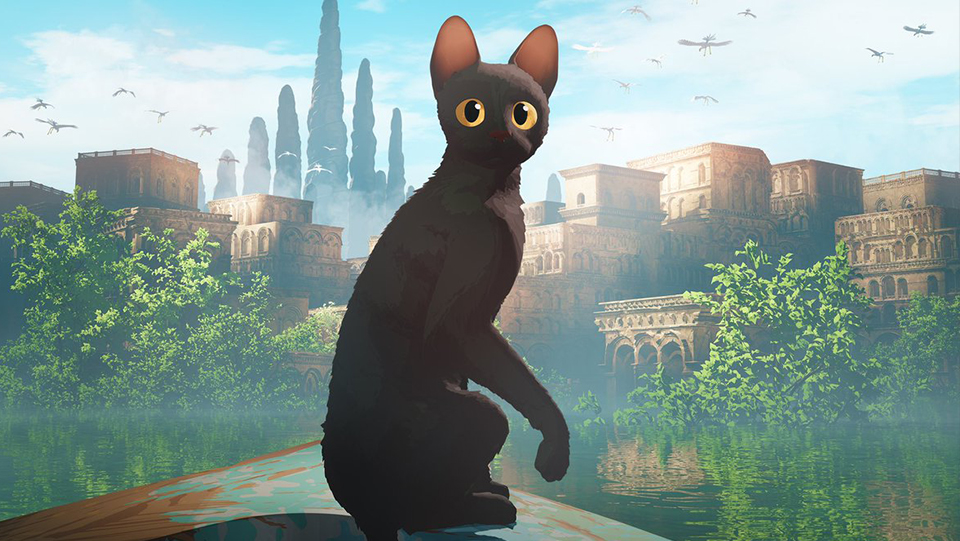
Turning our minds back to the bleakness, we have the shrinking budgets in the TV and film industries to think of, as well as massive layoffs in the video games industry, and the state of the economy in general, which is not good.
There’s no way to put a positive spin on any of that, but we can say that VFX and post production companies are doing some quite interesting things as they seek to diversify their businesses in response to these conditions, such as moving into immersive experiences, like Pac-Man Live, for example.
A glimmer of hope for VFX companies in the UK comes in the form of the excellent new tax incentives that were announced in the recent budget, which are set to bring a huge chunk of work into the country - more on that below, as well as predictions from those working today in what digital artists can expect in 2025.
1. Digital art trends 2025: immersive art projects
The downturn in the film industry has left VFX companies with capacity to work on other things, so we’re seeing a move towards alternative creative offerings such as immersive experiences.
Get the Creative Bloq Newsletter
Daily design news, reviews, how-tos and more, as picked by the editors.
Both DNEG and Cinesite launched immersive divisions in 2024, expanding the application of Hollywood-quality VFX to light projection at live events and VR within gaming, theme parks and more.
The video above is a great example; it shows you how Cinesite created a moving version of Rembrandt’s The Storm on the Sea of Galilee for Frameless, an immersive art venue in London. Artists captured the look and energy of the painting to create a light projection that fills the room and washes over the visitors. We've been to Frameless, and it's a fantastic experience that combines pre-made VFX and animation with real-time Unreal Engine techniques.
Frameless also recently announced a partnership with the National Portrait Gallery to do more of the same, again working with Cinesite. We can expect to see more of these kinds of collaborations as VFX companies look to diversify their businesses, including VFX studios entering into video games and advertising.
2. Digital art trends 2025: new social media for artists

Artists have been growing increasingly frustrated with mainstream social media sites for some time now. In the absence of alternatives, digital artists haven’t been able to do much about it. That’s all changing now that art social site Cara, billed as an Instagram alternative, and Bluesky Social, an alternative to X, are gaining traction.
Artists started to move away from Twitter and onto Bluesky last year when Elon Musk announced that Twitter data would be scraped and used to develop his xAI model. But the real surge of movement from Twitter to Bluesky is happening now, following the outcome of the US election, as people wish to distance themselves from Musk. As the platform grows, it becomes a more viable place for artists to find each other and to market themselves.
Cara’s big moment happened in the summer of this year when Meta, owner of Instagram, made a similar announcement about using user data to train AI models. Artists were outraged and signed up in droves to Cara, an anti-AI social and portfolio platform for artists that puts creator’s interests first. You can read my interview with the founder, Jingna Zhang for more details.
Both these platforms are young and tiny compared to Instagram and Twitter, but they offer a viable alternative to traditional social media for artists.
3. Digital art trends 2025: the law takes on AI
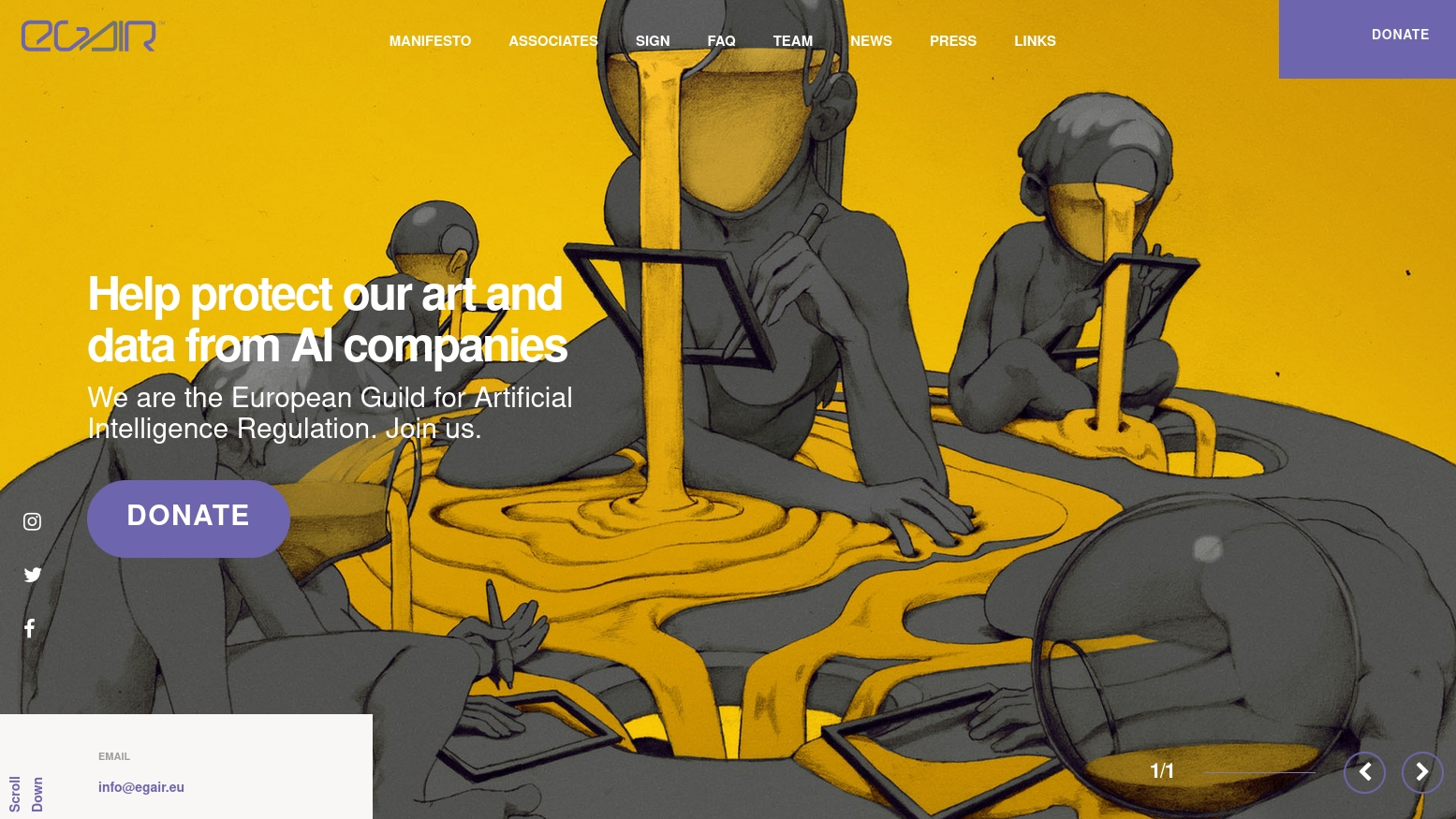
In March this year the world’s first comprehensive legal framework for mitigating the risks of AI was approved by the EU. The AI Act applies legal restrictions to what can be done with AI, and the area relating to the use of copyrighted works was one of the “heaviest lobbied”, according to the BBC.
As we move into 2025, the AI Act will make its way through the next stages in the process of becoming law, and we’ll get a better understanding of how much protection the law will give to creators. As it stands, the Act acknowledges the rights of copyright holders with respect to their work being used to train AI models, and requires AI companies to allow people to opt-out. (The European Guild for Artificial Intelligence Regulation (EGAIR) website has more information on this.)
The other major legal spectacle to watch next year is the progress of the lawsuits in the US against Stability AI, DeviantArt, Midjourney, Runway AI and Google for using artists’ copyrighted work to train models without their consent. The outcome of these cases will have big consequences for generative AI companies. You can keep up to date with the latest news at the Image Generator Litigation website.
4. Digital art trends 2025: AI will mature
04. The AI conversation will mature
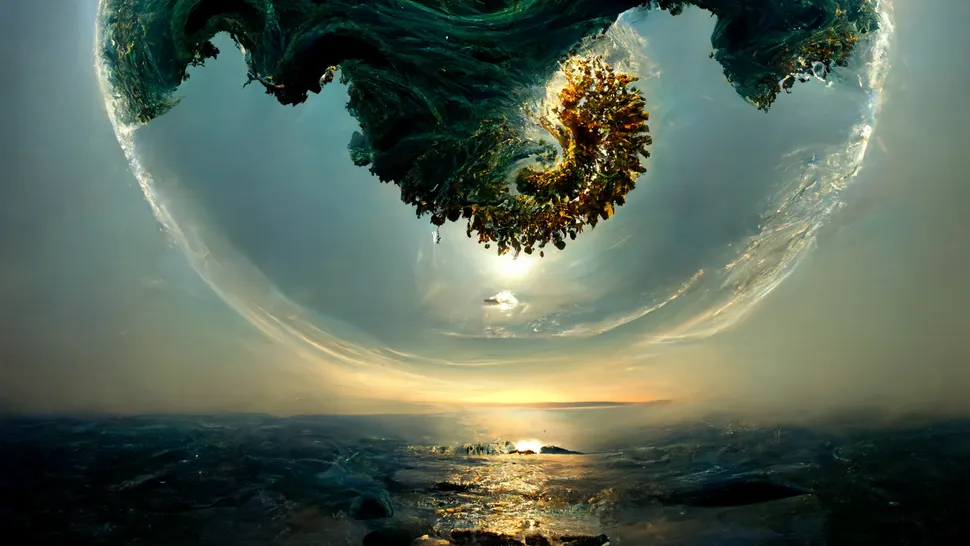
AI-enabled tools can do amazing things with graphics, video and audio and it’s easy to get carried away and imagine they’re having a bigger impact than they really are, especially in industries such as animation, VFX and post production. While AI is changing how particular tasks are undertaken, it’s not yet bringing about structural change to the overall production process.
There’s a great deal to say about this, but here are some broad strokes: Firstly, it takes time to integrate new tools effectively into large pipelines. Secondly, to work in a real-world professional environment, these tools need to be able to do very specific things in specific ways. So while a demo might seem very impressive, the tool might not be able to deliver the precise results that are required in live projects. And, of course, there is a healthy degree of caution in the industry around the use of generative AI models trained on datasets that contain copyrighted works without the consent of the rights holders.
David Lebensfeld, President and VFX Supervisor, Ingenuity Studios and Ghost VFX says: "I think AI workflows and its general philosophy will continue to be discussed and evaluated all through 2025. I don't think we'll see meaningful change in how the whole production chain works because of AI, but I do think it will continue to be top of mind. It will continue to be in the zeitgeist because it is firmly planted and there is a lot of money around it."
Indeed. The hype cycle will continue because a lot of money has been invested in these companies. But people are already starting to realise the limitations of AI, and next year the conversation will be tempered by a more realistic understanding of what AI can and can’t do, and what it’s really being used for today.
5. Digital art trends 2025: tax breaks for VFX
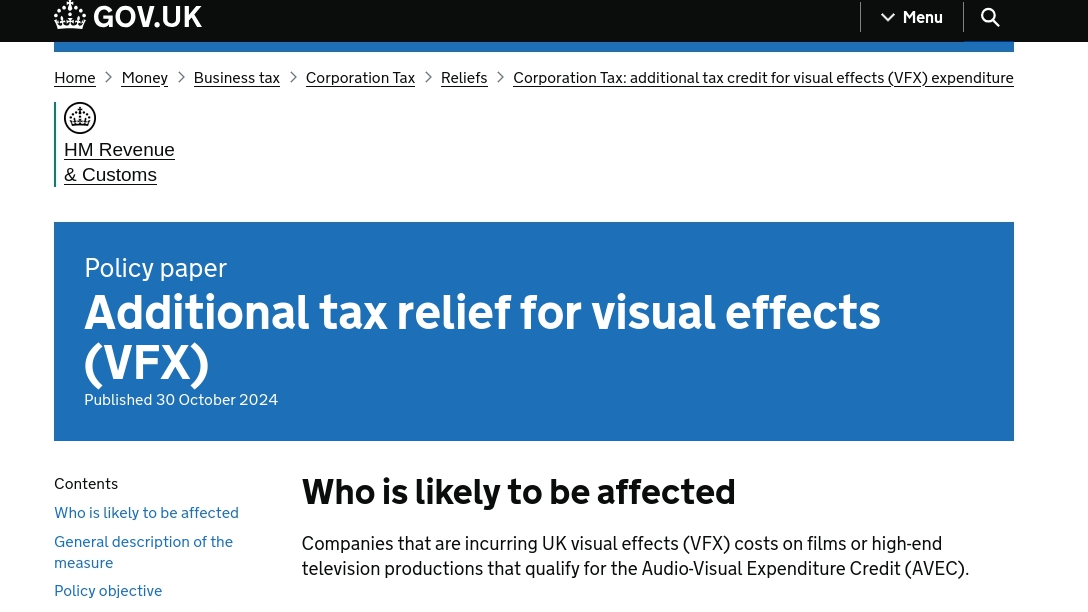
David Lebensfeld also tells me that he expects the power of tax incentives to continue shaping the industry in 2025: “We'll see studios doubling down on their investment in tax incentivised regions," he says.
The UK is one region that will see a boost in 2025 as the long-awaited improvements to tax relief for VFX were announced in the last budget, following tireless campaigning by the UK Screen Alliance. From 1st January 2025, VFX spend in the UK will get a net rebate of 29.25 percent, and it won’t be counted as part of the portion (80 percent) of overall expenditure for the film or TV project that is eligible for tax relief.
According to the UK Screen Alliance: “The UK is now set to attract an additional £175 million per year of spending on VFX for film and TV, an increase of over 45 percent, and to create 2,800 new jobs.”
6. Digital art trends 2025: new animation styles
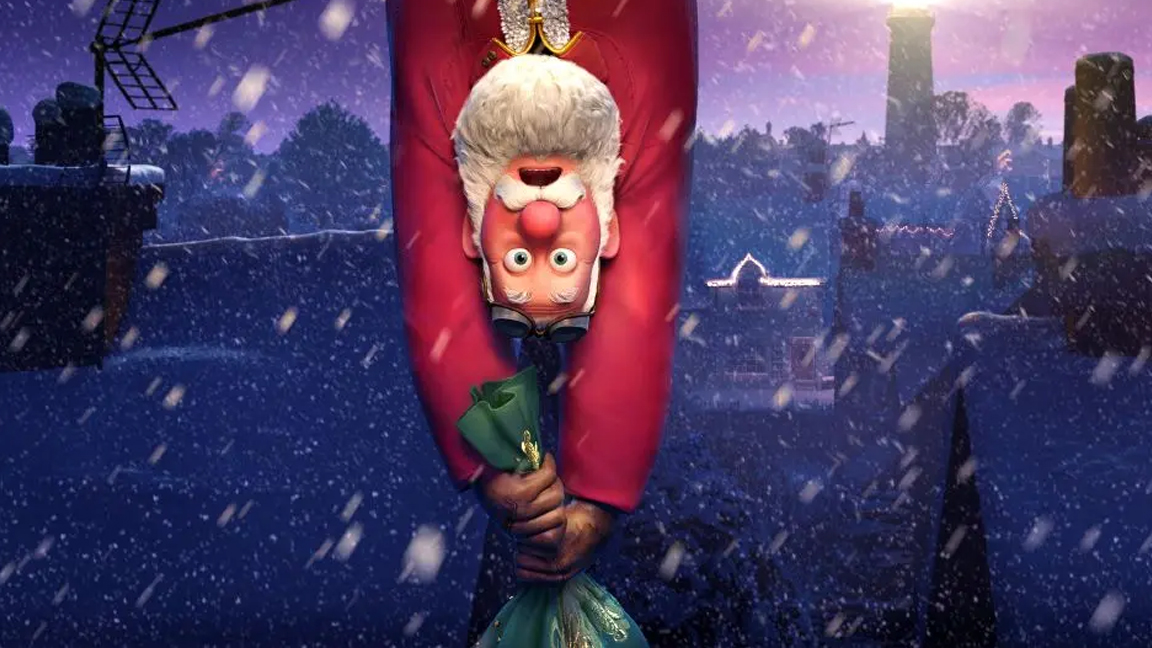
The creative revolution in animation based on the blending of 2D and 3D styles shows no sign of stopping; there’s still much fertile ground to be explored and I expect to see more new and exciting art and animation styles and techniques next year.
Kapil Sharma, Animation Director at DNEG Animation, has this to say of the phenomenon: “With the rapid advancement of tools and techniques, artists are now able to achieve the feel and charm of traditional 2D or hand-drawn animation within the realm of 3D, and vice versa. It’s incredible to see how these technologies are enabling new forms of creative expression, especially as they allow for a balance between the two worlds; retaining the warmth and expressiveness of 2D while taking advantage of the depth and versatility of 3D.
“What I find particularly exciting is how even within a similar style or look, there’s still so much individuality in each project. Each animated film brings its own unique character to the table, which is a testament to how personal and dynamic this craft is. Character animation, in particular, has seen a remarkable evolution. We’ve seen 3D films adopting the fluidity and charm of 2D hand-drawn animation, capturing that natural bounce and flow while maintaining the dimension of 3D. The movement doesn’t feel overly polished or stiff, and it retains a certain organic, hand-crafted quality - conveying emotion and story through the subtle nuances of character movement.”
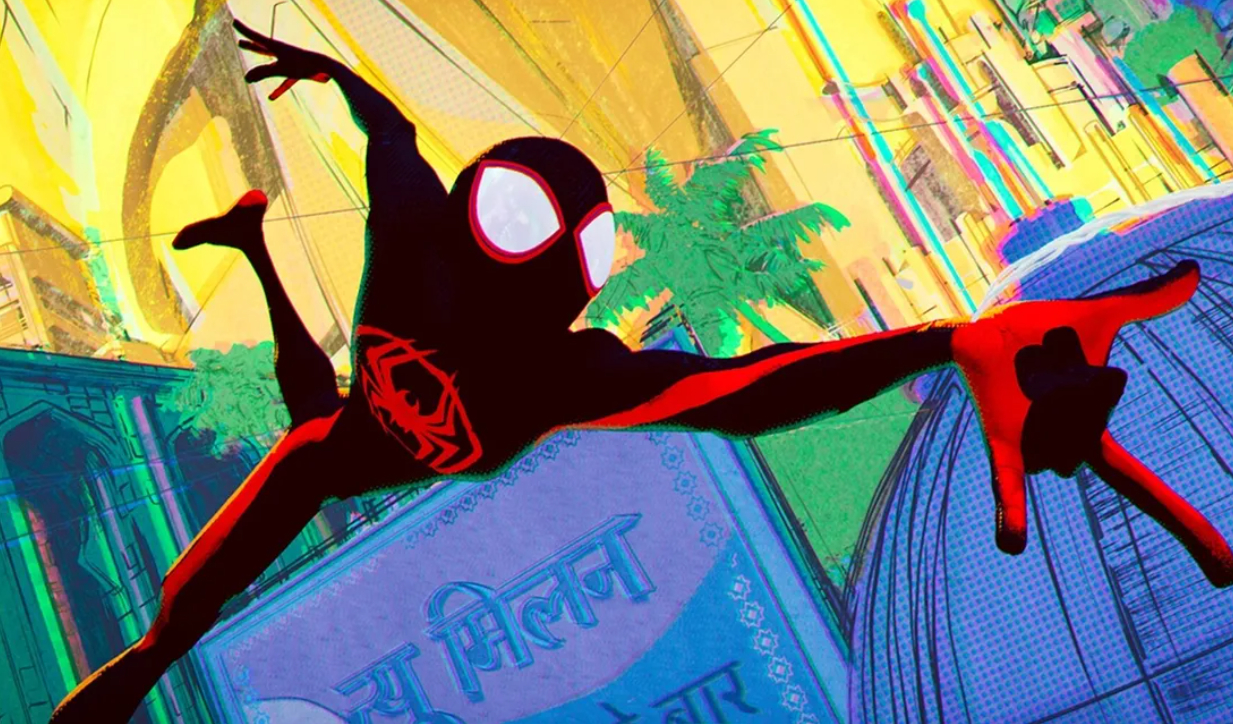
Sharma’s most recent project is a Richard Curtis animation titled That Christmas, one of the year's best Christmas animations, made in collaboration with Locksmith Animation. He explains how these new tools and techniques were brought to bear on the project:
“For That Christmas we wanted to evoke the tactile, handmade feeling of stop-motion without going fully into the realm of two’s or step animation. It was important to us that the characters' performances felt natural and human, we focused heavily on the eyes and their ability to convey emotion, and tried to keep that charming simplicity and not do secondary animation. I hope that audiences can sense this effort and feel the connection to the characters that we aimed to achieve.
“Overall, I feel like we’re at a point where experimentation with 2D and 3D is limitless, there's so much potential for hybrid techniques to enhance storytelling, and I’m eager to see how these trends continue to evolve.”
7. Digital art trends 2025: human-centred art
Stefan Falconer, Executive Creative Director at animation studio Golden Wolf, anticipates that the growing resistance to generative AI within the design community will be increasingly reflected in the creative work, as digital artists seek to underscore the difference between their output and that of an AI.
We’ll see “a sharp pivot toward bespoke, human-centred design,” says Stefan. “We imagine a movement emerging that prioritises craft and artistry, inspiring designers to explore more traditional and maximalist approaches that celebrate creative skill and individuality.”
This idea goes hand-in-hand with the trend outlined above, as animators move away from the computer-generated lighting and textures of the traditional 3D look and towards a hand-painted style that infuses their 3D work with extra levels of human artistry.
The animated short An Almost Christmas Story, above, is an example of this trend towards traditional, human-made styles. Although it’s all CG, the film looks like stop motion animation made with hand-crafted models - notice the trees at the start are made with twist-ties and twigs.
8. Digital art trends 2025: more collaboration
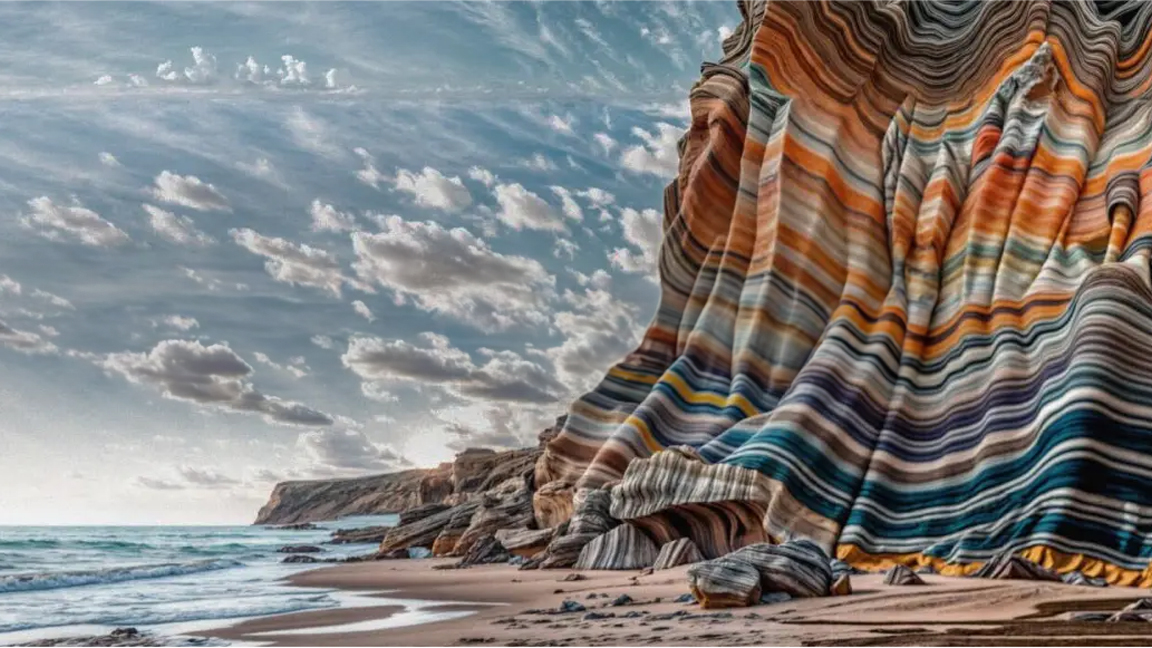
Collaboration tools in digital art software has been growing rapidly in recent years, whether that's in newer apps like Figma, Miro and Magma Studio that offer a mix of vector art, brainstorming sheets and shared canvases or in more established best digital art software such as Photoshop, Clip Studio Paint and Procreate.
In 2025 I expect to see collaboration tools and bespoke collaboration apps take off as more studios enable remote working and the need for new styles and approahes (as mentioned above) takes hold.
It won't simply be in traditional digital software either, as we saw in the summer when Adobe launched its new AI collaboration platform called Concept AI at Adobe Max. This enables multiple artists to generate AI images, iterate on them and add in original art to create new AI generations from, all within preset style boundaries.
9. Digital art trends 2025: creator-first AI tools
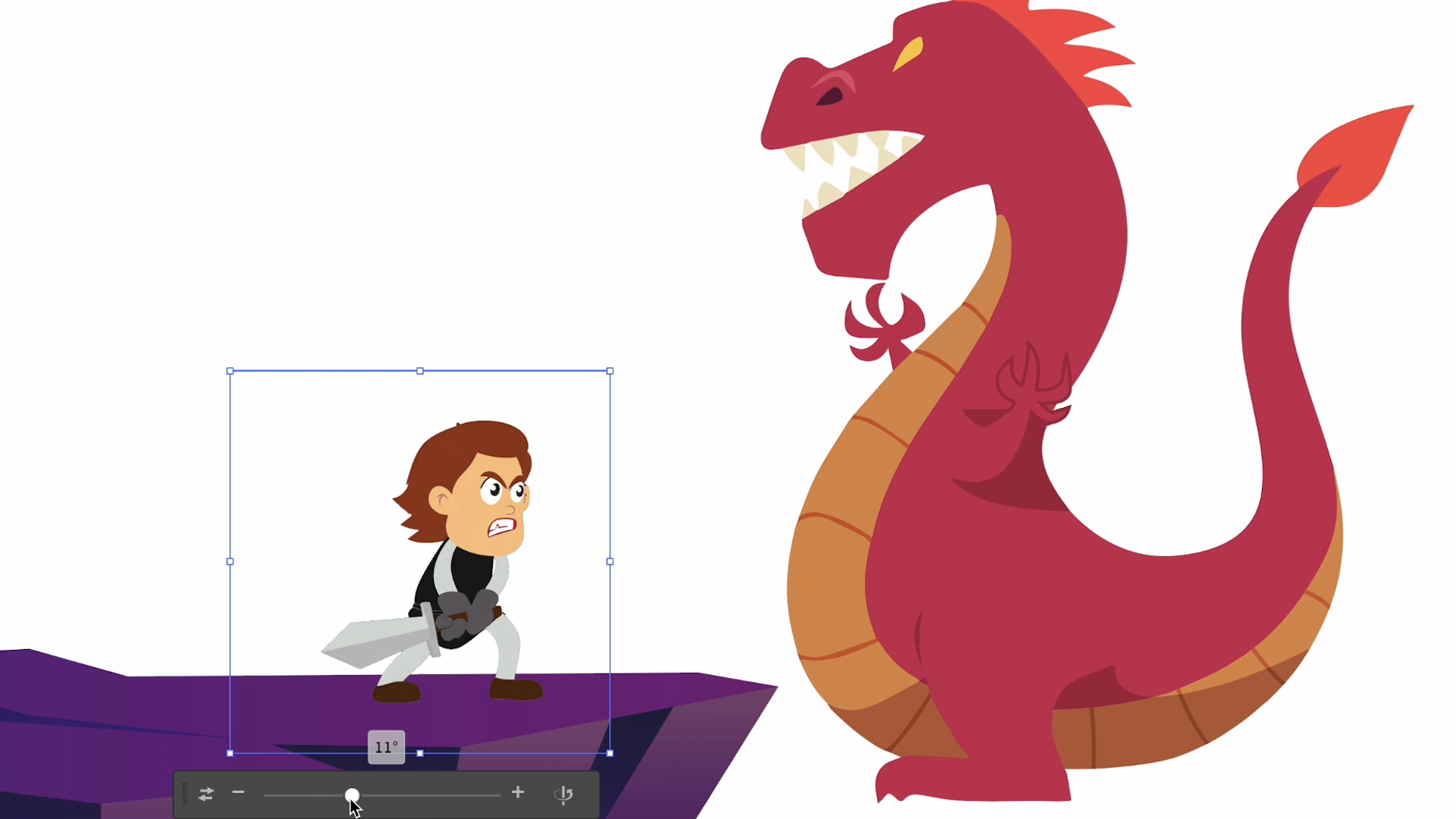
In 2025 it feels like we'll be leaving the 'prompt era' behind and AI art tools will actually be useful, enhancing workflows rather that replacing artists work. Of course the same issue with copyrights persist, but established digital art software will develop and add AI tools that are actually useful for artists.
These AI tools are not text-to-image or text-to-video prompts but tools to add to your workflow. This can include AI in line with Adobe's Generative Fill and Generative Expand in Photoshop, or 3D texture creation in Substance Painter as well as many of the AI tools announced at this year's Adobe MAX Sneaks making their way into Adobe apps - including Project Turntable that can turn 2D images into 3D models.
Expect more AI tools that offer procedural generation for textures, animation and rigging, as well as automation of tasks such as layouts and colour generation for scenes and style sheets.
The trend of making 3D modelling more approachable to 2D artists and graphic designers will continue, as platforms such as WOMP, Adobe Project Neo and Kaedim continue to develop, allowing simple stylised 3D model creation.
10. Digital art trends 2025: new visual art trends
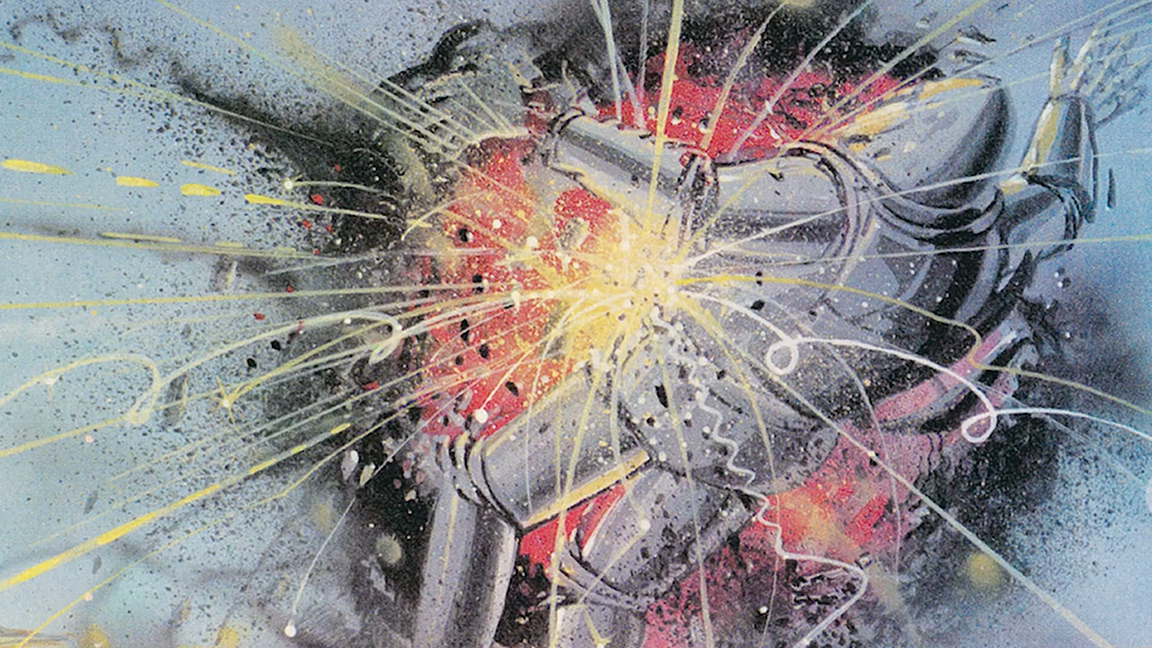
Retro-futurism, simple line art and more stylised 3D in illustration will all likely emerge as visual trends in 2025. These are ideas that have been milling around for some time, but will make more of an impact next year and it's worth considering creating digital art that references these aesthetics.
The rise in stylised 3D in illustration is going to be huge next year as more 2D artists become accustomed to using simple 3D model generators like WOMP and Adobe Project Neo. Each enables illustrators to create simple models that can be added into 2D illustrations, painted over or manipulated, Adobe's new 3D Substance Viewer for Photoshop will also enable more high-end 3D models to be added to 2D art.
The other visual styles, such as retro-futurism, rely on stylised interpretations of vintage and retro styles, updated for modern tastes with bold colours, use of geometric shapes and a push for nostalgia. We've already seen how this approach is being popularised in video games like Moons of Darsalon, and expect to be applied more broadly to comic art, concept art and fantasy illustration. (After all, both vintage magazine brands Heavy Metal and Metal Hurlant are making a comeback in 2025.)
It's likely we'll see more simple, clean line art in illustration and digital art in 2025 as the world reacts to the sterile look of generated AI art and demands something that looks more human made. The clarity, calmness and honesty of line art could help offset the overly rendered look of AI art. Some of the drawing apps for creating line art include Illustrator, Procreate (read our Procreate tutorials) and Clip Studio Paint.

Thank you for reading 5 articles this month* Join now for unlimited access
Enjoy your first month for just £1 / $1 / €1
*Read 5 free articles per month without a subscription

Join now for unlimited access
Try first month for just £1 / $1 / €1
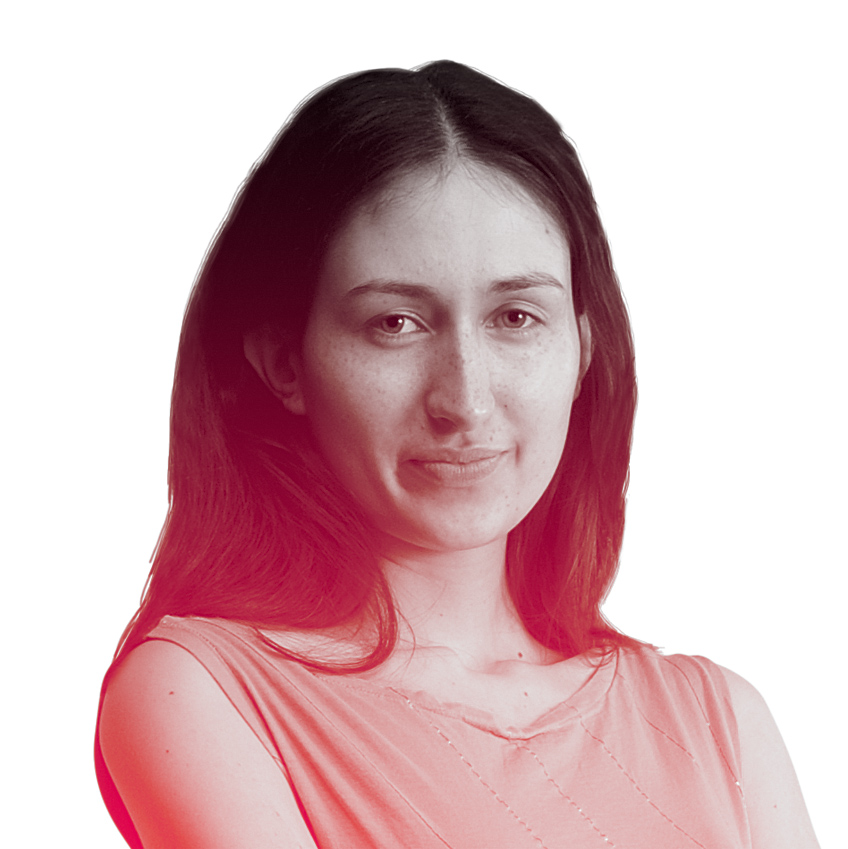
Tanya is a writer covering art, design, and visual effects. She has 16 years of experience as a magazine journalist and has written for numerous publications including ImagineFX, 3D World, 3D Artist, Computer Arts, net magazine, and Creative Bloq. For Creative Bloq, she mostly writes about digital art and VFX.
- Ian DeanEditor, Digital Arts & 3D


